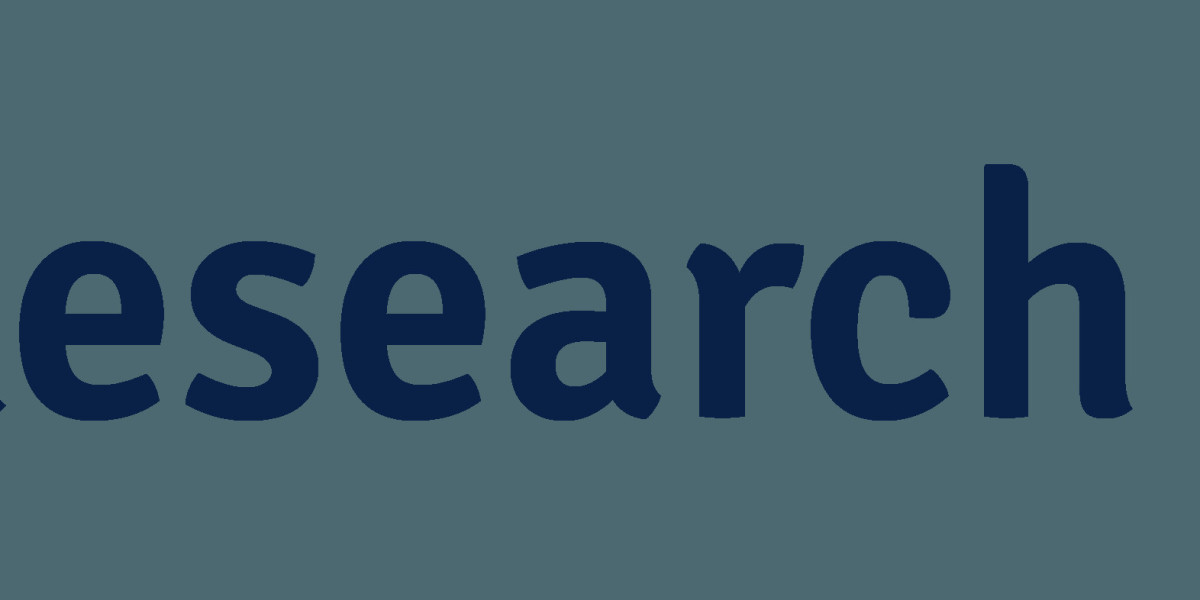Wireless Power‑Transfer for UAV Market is rapidly gaining momentum as operators seek to extend drone flight duration, reduce downtime, and simplify recharging logistics. Wireless energy transfer—via inductive coupling, magnetic resonance, microwave, or laser systems—offers a pathway to in‑flight or autonomous landing recharge without physical connectors. The promise of persistently powered UAVs is reshaping use cases in logistics, surveillance, agriculture, and defense.
This growth is chiefly driven by rising UAV adoption across commercial, industrial, and military domains, as well as increasing demand for operations with minimal human intervention.
Emerging applications such as long-endurance border patrol drones, persistent infrastructure inspection, and remote logistics camera platforms are prime candidates for wireless charging integration.
Key Drivers: Operational Extension, Efficiency & Autonomy
Several compelling drivers are fueling the expansion of wireless power-transfer in UAV systems:
Extended mission endurance: Wireless charging reduces reliance on battery swaps, enabling longer continuous operations.
Reduced logistics and maintenance complexity: Eliminating connectors, wires, and manual charging reduces wear, failure points, and maintenance overhead.
Support for autonomy and remote operations: In remote or hostile environments, wireless recharge capability is a game-changer for persistent UAV deployment.
These drivers position wireless power transfer not merely as a convenience but as a strategic enabler for next-gen UAV operations.
Market Restraints: Efficiency Loss, Safety & Standardization
However, the market faces several critical challenges:
Energy transfer efficiency losses: Transmission over distance or misalignment can yield lower efficiency and greater waste.
Safety, electromagnetic interference & thermal concerns: High‑power wireless transfer systems must adhere to strict safety and EMI standards.
Lack of universal standards and interoperability: Diverse UAV platforms hinder adoption of a unified wireless charging framework.
Mitigating these restraints requires technological advances, standardization efforts, and rigorous system validation.
Request a Sample Report: https://researchintelo.com/request-sample/31038
Opportunities: In-Flight Charging, Docking Stations & Hybrid Systems
The Wireless Power-Transfer for UAV Market offers multiple avenues for growth:
Mid-air or tethered in-flight charging: Enabling UAVs to recharge while hovering or during brief contact with power beacons.
Autonomous docking or pad charging infrastructure: Field-deployable charging stations for seamless recharging in remote areas.
Hybrid energy systems: Combining wireless with battery, solar, or swappable modules to maximize flexibility.
These opportunities enable UAVs to be more persistent, capable, and autonomous.
Market Dynamics & Regional Trends
Regional and use-case dynamics shape growth trajectories:
North America currently leads adoption thanks to defense budgets, R&D investments, and early UAV deployment.
Asia-Pacific is projected to be the fastest-growing region, with high CAGR driven by agriculture, infrastructure monitoring, and smart city applications.
Europe emphasizes sustainability and regulatory frameworks that support wireless infrastructure deployment.
Additionally, UAV type segmentation shows rotary-wing drones commanding a significant share due to their ability to hover above charging stations.
These insights illustrate the structure of market growth and technology adoption.
View Full Report: https://researchintelo.com/report/wireless-power-transfer-for-uav-market
Technological Advancements & Innovation Trends
Innovations critical for wireless power transfer in UAVs include:
Adaptive alignment and beam steering: Mitigating misalignment losses in dynamic flight or docking conditions.
High power density transmit/receive modules: Reducing size and weight while improving energy transfer rates.
Thermal management and cooling systems: Ensuring charging electronics operate safely during high-power transfer.
Integrated AI‑based control: Real-time optimization of power flow, safety, and mission scheduling.
These advances become enablers for scaling wireless power into real-world UAV systems.
Environmental & Regulatory Considerations
Several environmental, safety, and policy factors influence market adoption:
Electromagnetic emissions and human exposure: Regulatory compliance is required to ensure safety around wireless energy fields.
Frequency regulation and spectrum allocation: Especially for microwave or laser-based charging methods.
Certification and airworthiness standards: UAVs capable of in-flight charging must meet rigorous safety and system reliability criteria.
Navigating these domains is essential to deploy wireless charging-propelled UAV systems at scale.
Enquire Before Buying: https://researchintelo.com/request-for-customization/31038
Competitive Landscape & Strategic Positioning
Though nascent, the competitive field is taking shape around:
Platform-agnostic charging providers: Offering wireless modules that can fit into multiple UAV types.
Partnerships with UAV OEMs: Embedding wireless charging capability early in airframe design.
Charging network providers: Developing ground‑station infrastructure networks for drone corridors.
Standardization consortia: Creating shared protocols to promote interoperability, safety, and market confidence.
Strategic positioning in this ecosystem can drive adoption and reduce friction for end users.
The Role of Study Abroad Agency Market (Indirect Influence)
While the Study Abroad Agency Market focuses on educational travel, it indirectly supports aviation demand, international logistics, and remote infrastructure. As global mobility expands, so do demands for mapping, delivery, surveillance, and UAV-enabled services. This macro-travel growth fuels investment in UAV technologies—including wireless power transfer—and thereby benefits the Wireless Power‑Transfer for UAV Market.
This tangential link illustrates how broader mobility and travel trends may influence niche technology sectors.
Check Out the Report: https://researchintelo.com/checkout/31038
Future Outlook & Growth Trajectory
Looking forward, the wireless power-transfer market for UAVs is likely to follow these trajectories:
Pilot deployments in logistics and surveillance corridors with charging pads or beacons along routes.
In-flight recharging capabilities for long-endurance operations in critical mission zones.
Standardization and shared infrastructure bridging different UAV fleets and charging protocols.
Wider adoption in commercial, industrial, and defense sectors as reliability and cost metrics improve.
Over the next decade, wireless charging could become a baseline expectation rather than a novelty for UAV systems.
Strategic Recommendations for Stakeholders
To thrive in the Wireless Power-Transfer for UAV Market, Research Intelo suggests:
Prioritize alignment and beam-control technologies to minimize misalignment losses.
Invest in modular, adaptable charging units that work across multiple UAV models.
Engage early with regulatory bodies on EMI, safety, and spectrum frameworks.
Develop partnerships for charging infrastructure networks—e.g., logistics hubs, inspection sites.



